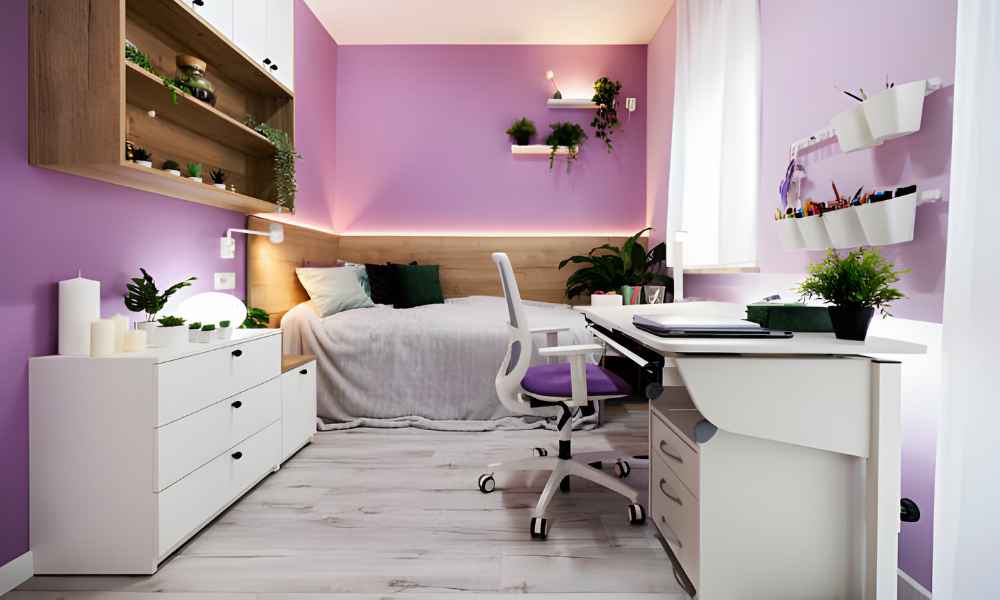Creating a functional and aesthetically pleasing bedroom with a desk involves strategic planning and design. This guide delves into the art of How To Arrange Bedroom Furniture With Desk, emphasizing the integration of a desk without compromising comfort or style. We explore essential considerations like spatial assessment, furniture selection, and the optimal placement of the bed and desk to foster both relaxation and productivity. By establishing distinct functional zones and maintaining fluid traffic flow, we’ll demonstrate how to achieve a harmonious balance between work and rest, even in limited spaces. Whether you’re redesigning your sanctuary or optimizing a compact area, these insights will help you create a cohesive and inviting bedroom workspace.
Assessing the Bedroom Space
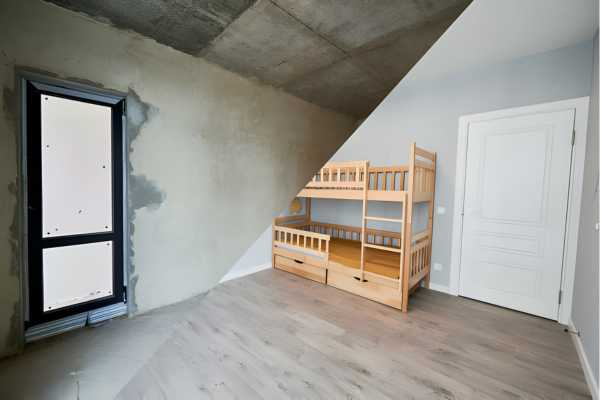
Measuring the room dimensions is the first step in assessing the bedroom space. Using a tape measure, measure the length, width, and height of the room, noting any alcoves or irregularities in the layout. This information will help determine the appropriate size and placement of furniture pieces to ensure they fit proportionally within the space.
Identifying focal points is equally important in assessing the bedroom space. Focal points can be architectural features like a fireplace or a large window with a scenic view. By identifying these focal points, you can arrange furniture to complement them and create a cohesive design that draws attention to the room’s standout features.
Choosing the Right Furniture Pieces

Once the bedroom space has been assessed, it’s time to select the right furniture pieces, including a suitable desk. When choosing a desk for the bedroom, consider factors such as size, style, and functionality. Opt for a desk that fits comfortably within the available space without overwhelming the room. Additionally, choose a style that complements the existing décor and other furniture pieces in the room for a cohesive look.
Matching furniture styles and sizes is essential for creating a cohesive and visually pleasing bedroom design. Choose furniture pieces that share similar design elements, such as color, material, or style, to create a unified look throughout the space. Additionally, ensure that the size of each furniture piece is proportional to the room dimensions, allowing for adequate circulation and functionality.
Placement of the Bed and Desk
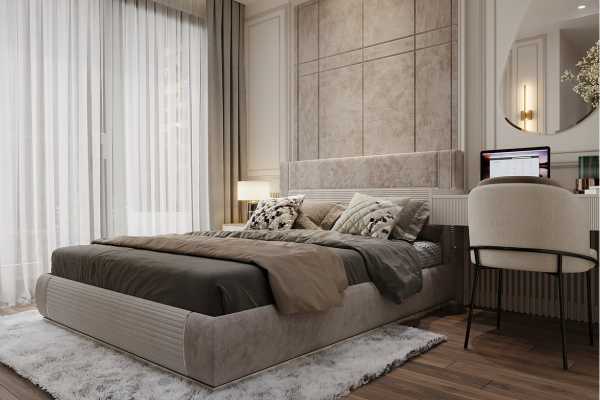
Arranging the bed and desk in the bedroom requires careful consideration to ensure both comfort and functionality. Positioning the bed is crucial for creating a relaxing sleep environment. Ideally, place the bed against a solid wall to provide stability and support. Avoid placing the bed directly in front of windows or doors to prevent drafts and maintain privacy. Once the bed is in place, integrate the desk into the layout strategically. Place the desk near power outlets for easy access to electronics and consider positioning it near natural light sources for a pleasant working environment.
Creating Functional Zones
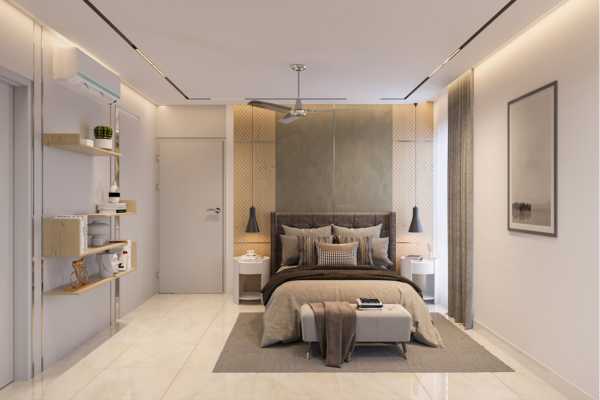
Dividing the bedroom into functional zones helps maximize space efficiency and promotes better organization. Designate specific areas for sleeping, working, and storage to create a clear delineation of activities. Place the bed in the sleeping zone, ensuring it’s the focal point of the room for relaxation. Integrate the desk into the working zone, providing ample space for tasks and productivity. Utilize storage solutions such as shelves, drawers, and wardrobes to keep clutter at bay and maintain a tidy environment.
Considering Traffic Flow
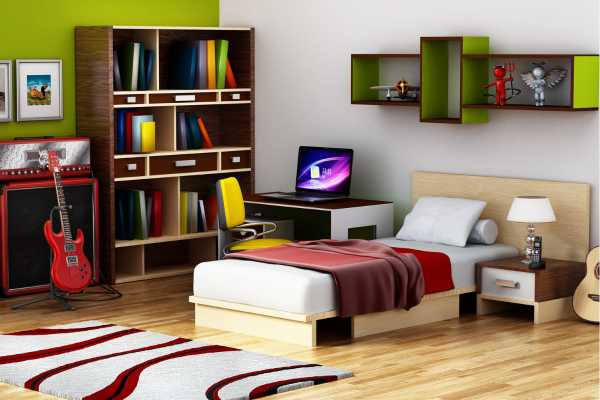
Maintaining a clear and unobstructed traffic flow is essential for easy movement within the room. Arrange furniture to create pathways that allow for seamless navigation throughout the space. Avoid placing furniture, such as chairs or ottomans, in pathways to prevent tripping hazards and ensure unhindered movement. Keep pathways around the bed and desk wide enough to accommodate movement without feeling cramped. By prioritizing traffic flow, you can enhance the functionality and accessibility of the bedroom.
Lighting Considerations
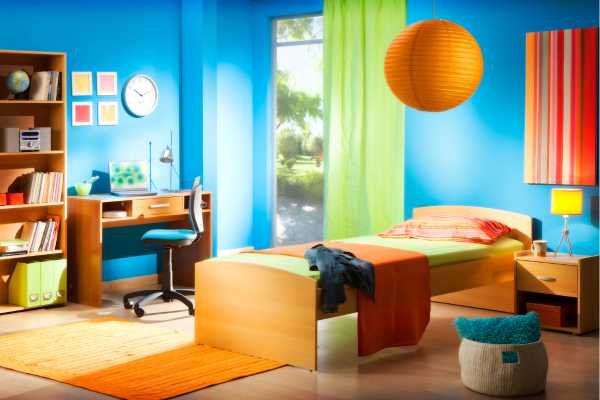
Optimizing lighting is key to creating a comfortable and inviting atmosphere in the bedroom. Consider both natural and artificial lighting sources when arranging furniture. Position the bed to take advantage of natural light during the day, placing it near windows to allow sunlight to filter in. Supplement natural light with strategically placed lamps for task lighting at the desk area. Position bedside lamps for reading or ambient lighting to create a cozy atmosphere conducive to relaxation. By carefully considering lighting placement, you can enhance the functionality and aesthetics of the bedroom furniture arrangement.
Incorporating Storage Solutions
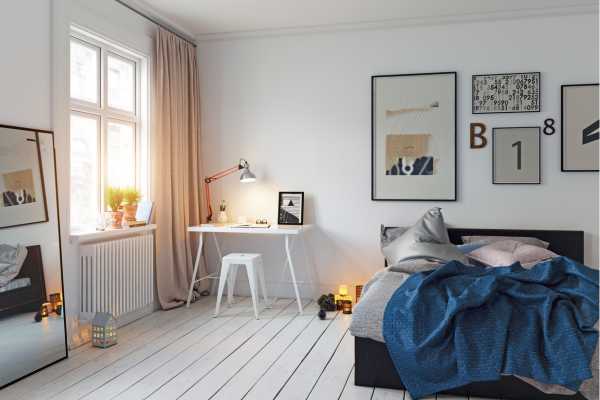
To optimize the functionality of your bedroom furniture arrangement, integrating storage solutions is essential. Utilize various storage options to minimize clutter and keep the space organized. Consider incorporating built-in shelves or floating shelves above the desk area to store books, office supplies, and decorative items. Additionally, utilize under-bed storage bins or drawers to maximize space efficiency and keep items out of sight. Integrating storage with desk and bed placement ensures that essential items are easily accessible while maintaining a clean and tidy environment.
Adding Personal Touches
Elevate the ambiance of your bedroom by adding personal touches through accessories and artwork. Decorate the space with items that reflect your personality and interests, such as framed photographs, artwork, or decorative objects. Incorporate textiles like throw pillows, blankets, and rugs to add texture and warmth to the room. By infusing the space with personal style, you create a cozy and inviting atmosphere that feels uniquely yours.
Tips for Small Bedrooms
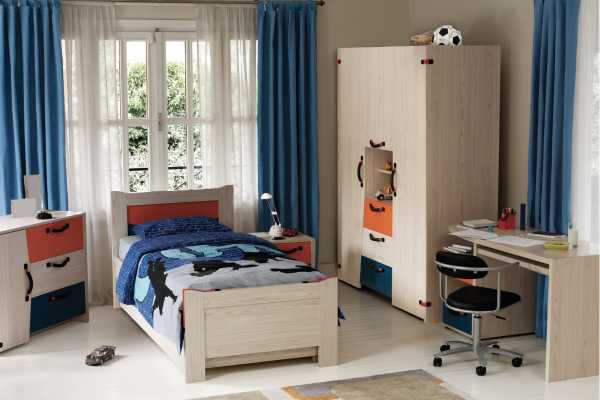
Arranging furniture in a small bedroom can be challenging, but with the right strategies, you can maximize space efficiency without sacrificing style. Consider selecting multi-functional furniture pieces that serve dual purposes, such as a loft bed with a built-in desk or a storage ottoman that doubles as seating. Opt for furniture with sleek lines and minimalistic designs to create the illusion of more space. Utilize vertical space by installing wall-mounted shelves or a tall wardrobe to maximize storage without taking up valuable floor space. With careful planning and creativity, you can create a functional and stylish bedroom even in a small space.
Maintaining a Balanced Aesthetic
Achieving visual harmony in the bedroom is essential for creating a relaxing and cohesive environment. Strive to balance functionality with aesthetics by carefully selecting furniture pieces and accessories that complement each other. Choose a cohesive color palette and stick to a consistent design style throughout the room. Incorporate elements of symmetry and balance in the furniture arrangement to create a sense of order and tranquility. Pay attention to scale and proportion when arranging furniture to ensure that each piece fits harmoniously within the space. By maintaining a balanced aesthetic, you can create a bedroom that is both visually pleasing and functional.
DIY Bedroom Furniture Arrangement Tips
Arranging bedroom furniture on a budget, there are plenty of DIY-friendly ideas to explore. Consider repurposing existing furniture pieces for a fresh layout. For example, an old dresser can serve as a nightstand, or a bookshelf can double as a headboard. Get creative with your layout to make the most of what you already have without breaking the bank.
Common Mistakes to Avoid
While arranging furniture, it’s crucial to be aware of common pitfalls to avoid. Watch out for overcrowding the space with too much furniture, which can make the room feel cramped and cluttered. Solutions to these challenges include prioritizing essential pieces and considering multi-functional furniture to maximize space efficiency.
Seeking Inspiration and Advice
Seek inspiration and advice from online resources and interior design professionals. Browse through design blogs, Pinterest boards, and online forums for ideas and inspiration. Additionally, consulting with interior design professionals can provide valuable insights and personalized recommendations tailored to your specific needs and preferences.
Conclusion
Arranging bedroom furniture is a task that requires careful planning and consideration. Recap the key points discussed, such as utilizing budget-friendly DIY ideas, avoiding common mistakes, and seeking inspiration from online resources and professionals. Encourage experimentation and personalization in your furniture arrangement to create a space that reflects your unique style and meets your functional needs. With these tips in mind, you can transform your bedroom into a cozy and stylish retreat.
